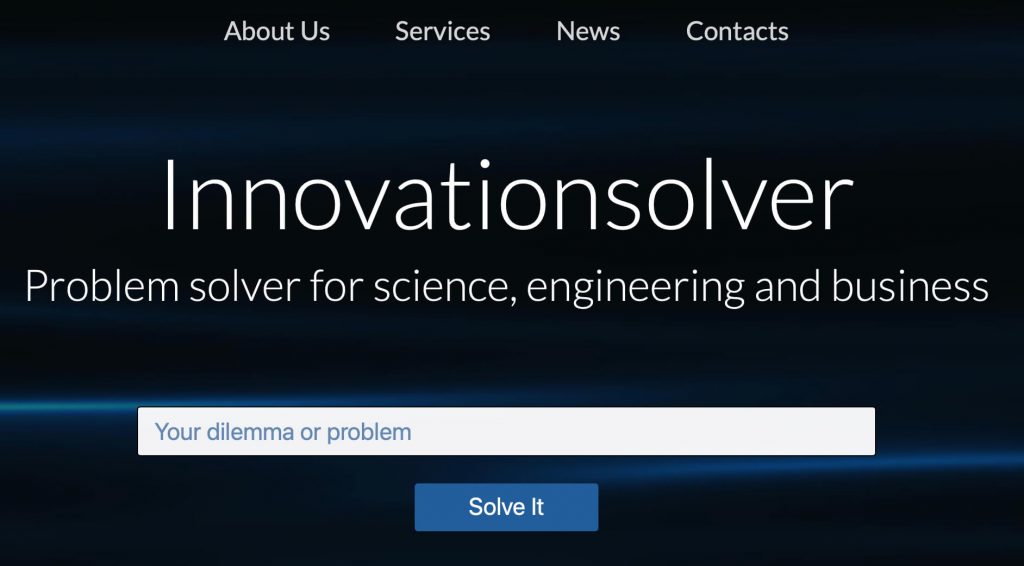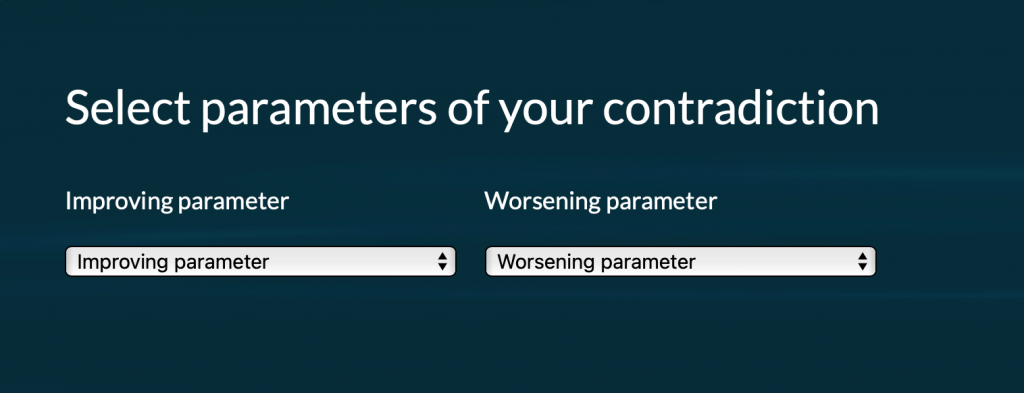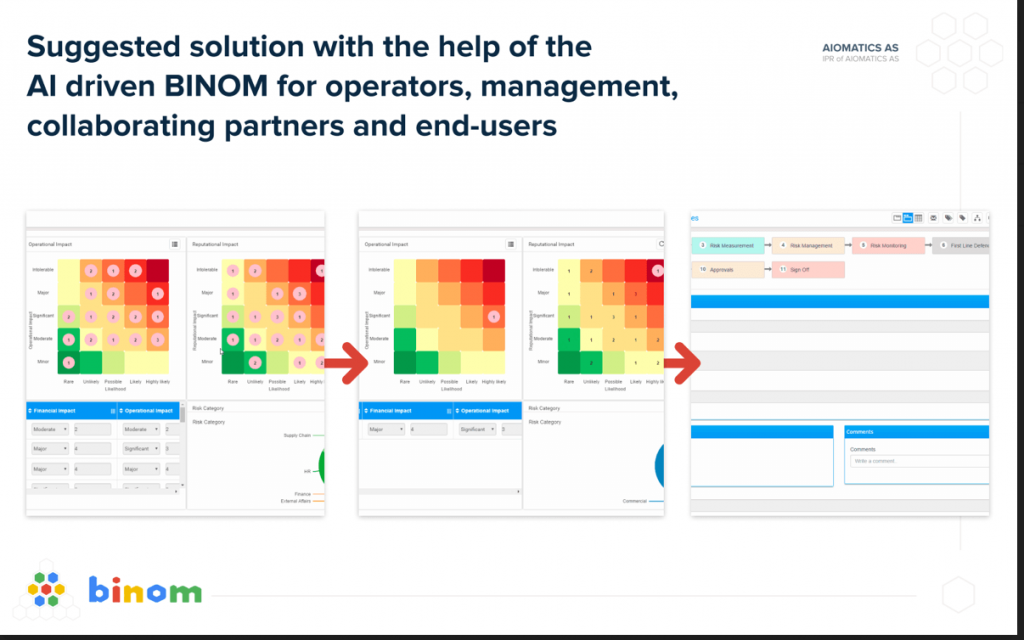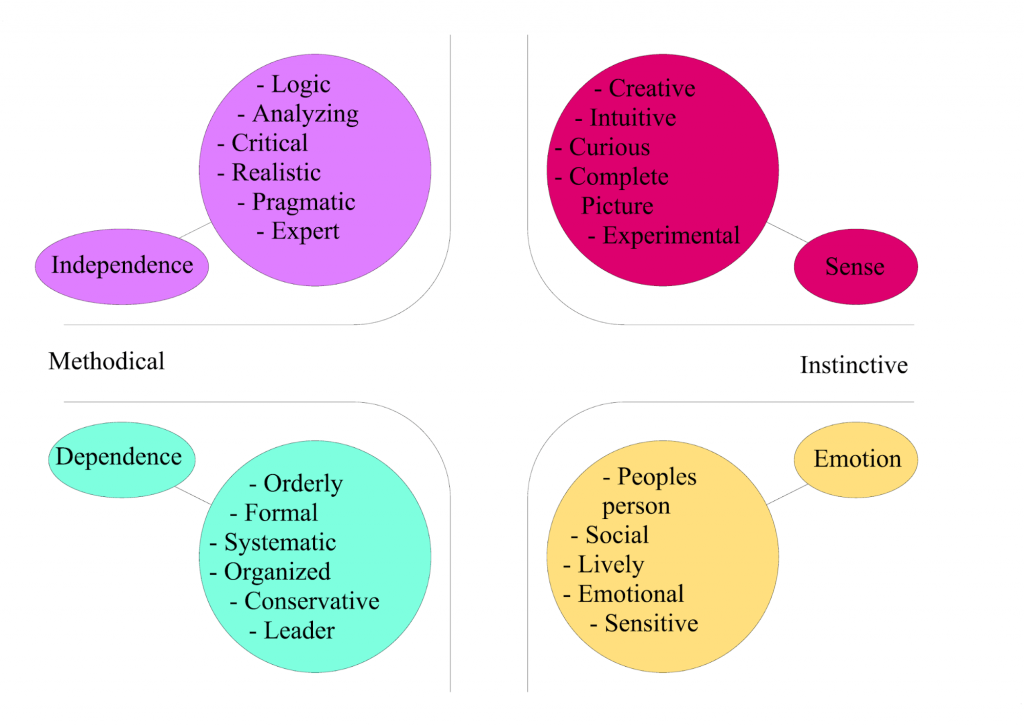Dag H. Zeiner-Gundersen and Vladimir Winner argues that organizations shall develop contingency plans and preparedness schemes by use of artificial Intelligence (AI) driven algorithms when planning for readiness level, case assessments versus costs.planning for crises risks
Guest Writers Dag H. Zeiner-Gundersen, Ph.D & D.Sc, and Vladimir Winner, founders of the BINOM, AI driven algorithms.
Today we are discussing a new use of AI algorithms from BINOM, which was founded by Dag H. Zeiner-Gundersen, holding a DSc in AI driven resolution algorithms and experienced risk mitigatigator, and Vladimir Winner, an entrepreneur specializing on digitalization, AI functionality and human interaction.
Preparedness assessment utilizing AI driven Algorithms
Dr. Dag H. Zeiner-Gundersen claims that AI driven algorithm can effectively be utilized for cases studies to establish a basis for operational technological crises contingency planning organizational and facility/equipment demands. The planning process will include to run a number of cases and event studies in order to establish emergency and crises risk procedures, organizational set-up and equipment and facility as well as training programs. The originator architecting such planning and related cascaded effects, often select well known and tried cases. However, often will natural occurring events and crises, and certainly deliberately initiated crises, cater to unknown and surprising paths, chain of events and cascade effects. So, how to cater for and use known and the more unknown cases for planning?
Certainly, planning for risks and crises with known cases are required and provide response planning that will cater scenarios that is understood by all involved from finances to executional management and governing bodies. So, testing the more commonly understood cases are likely not the most pressing, but cascaded variations and the more unlike cases are in order to verify reasonable measured prepares. Cost versus likely hood will be come a part of such studies. and discovered principles applied in the process. However, getting out of the comfort zone is required. Thus, establishing planning by pre-establishing limitations in events and paths as well as using AI driven algorithms with associated restrictions on principles and standard that can be used rather beneficial. In such, selecting events and cases, that normally might be defined into the low % likelihood category and with variations in parameters are useful exercise. In such related cascade effects will be visualized and can be assessed with respect to need for planning for these.
In establishing more unexpected and demanding cases, AI driven algorithms are effective. The team, can establish a high number of cases and then let the algorithm direct the outcome. Another method is to request the operators only to utilize parts of the results given by the algorithm, ie less likely principles and then continue the expansion in with cascaded effects in such direction. These are examples and then there will be a number of other strategies and methods that can be used, like changing parameters on the process for testing out the result. An important aspect of such exercise will be to establish a matrix from the results regrading the consequences on the prepares, subdivided into resource availability, on hand or possible top contract as ell as response organization and specialist. Such matrixes will likely be best established with a likelihood in probability and in consequence and at the end execute a monte Carlo analysis to determine a reasonable level of readiness versus cost allocated.
Organizations innovating within project and crises management and planning for level of readiness in-house and possible to contract need to ensure that processes, programs, and resources used, correlates with anticipated outcome. We would therefore argue that it is a must to focus more on automated processes, logical methods, specific principles and standards in order to optimize on readiness level, organization and facility and equipment availability versus measured cost.
The assessment of planning for crises requires different types of actions ranging from soft measures to technologies. Thus simulation-based risk by use of AI driven algorithms and impact assessments represent therefore an effective approach to make science scenarios more accentuated and understandable to decision makers for relevant adaptation of level of mitigating actions. This is further emphasises when the method is integrated with evaluation tools for cost-benefit versus effectiveness in different phases of the Disaster Risk Management cycle. Specific risk assessments should therefore be likelihood demand driven combined with testing and planning of assumed more random cases. Strengthened capacities of first responders and support organizations in all operational phases based on planning and testing cases related to any kind of natural and man-made crises is important in order to be better prepare for their operations and have access likely cascade effects and have means to respond to crises in a faster, safer and more efficient way. This will allow for more efficient cross-sectoral, cross-disciplines and allow cross-border coordination of the crises risk management cycle.
AI driven algorithm from BINOM used for defining level of crises readiness.
There are several methods, programs, theories, and hypothesis associated with crises and risk management, although few are established with the assessment of applying automation into such processes, nor effectively use available data bases and apply artificial intelligence (AI) into the process. The emergency organizations must execute a number of cases and then make the assessments to establishing the required crises readiness preparation level.
The attainment of data is an essential feature in planning for disasters and this requires innovative solutions such as use of AI driven algorithms for faster risk assessment and mitigation. This includes identification of precursors and testing for different types of threats, supporting the implementation of risk-targeted monitoring and planning programmes. Numerous experiences also show that an enhanced assessment of risks and scenario building for planning will be improved by taking into account reliable teste cases and associated historic data, including studies of past events in particular low-probability and or long-time recurrence events.
The BINOM AI driven algorithms extensively use historic established data bases and the use effective valuable statistics on results and data collected. This will allow, past, present, and future crises and risk dilemmas to be assessed, ensuring that the crises and risk management have an effective tool for the planning for properness within all chains of the command. Further, to support and effectively plan for anticipated actual cascaded events and make contingency plans. Such elements for the planning of a current and cascaded future crises and risk elements includes addressing:
- Detail technological challenges and problem/dilemmas, present or forecasted;
- Operational executional dilemma & complexity;
- Solution on safety dilemma and complexity in operation;
- Environmental effects, dilemma and problems;
- Organizational technical/operational challenges/dilemma;
- Technological
Financial impact on selected level of readiness and anticipated cost for the society.7) Technological solution´s reputational/communicative dilemma. HMI simplicity in use and approach with drop-down menus and automatic suggested solutions and or mitigations should be used. A typical example is the BINOM basic standard algorithm, which can be demonstrated by testing our algorithm; www.innovationsolver.com. This basis algorithm can be tested by the reader, although more advanced versions are available. Typically heroin the parameter can be altered for case variations of a selected crises selections as well as principles used and alternations to all these elements can further be done in order to achieve a very high degree of variations. The results will be weighted versus risk, cost and probability and a Monte Carol simulation can typically be rune to converse versus the , most prudent level of readiness versus risk probability and consequence cost.


Case simulation for planning by Description of what technological driven subdivided risk questions and dilemmas you are addressing? What makes such dilemmas better? (Select from the list) What makes these dilemmas worse? (Select from the list)


Typical data presentation from case studies related to planning for required readiness level. With case assessments, case probability and consequences versus costs.
Interpretation & analysis, statistics, and Artificial intelligence (AI)
The available and current development of BINOM algorithms, extract, execute, analyze and apply information into the processes using one of our root algorithms, such as Z-BINOM. This will be used for solving current, cascade effects and contingency planning related to crises mitigation and or solutions. Another important work package in development and integration is the T-BINOM module, which is based on modification/alternation to our interpretation software for increased self-interpretation and learning. The T-BINOM data extraction will be executed by analyzing existing and expanded data sources. Selecting the appropriate and reliable data bases while understanding and discriminate certain data for proper data extraction, are all important parts of the project development. When executing the selecting of cases for planning readiness consideration must be given versus the selector´s and selectee’s tendency for choosing cases. An algorithm will in such selecting be neutral.


To the left, Typical how personality traits might affect the selection of cases and to the right typical relationship between the organizational management and organizational environment versus case selection, path development and cascade effects. This might therefore be better off, left to an unbiased AI driven algorithm.
Summary
The objective of the BINOM algorithms are to provide new tools in form of effective AI supported Algorithms for planning for crises readiness. The BINOM algorithms shall be used for case analysis of in-situ probable and less deceptive challenges and dilemmas and related cascade effects during planning for crises. In such become effective tools that can be integrated into the with simple HMI interface for cases studies, crises risk management cycles and readiness planning. By this, the simulation-based risk by use of AI driven algorithms and impact assessments, represent therefore an effective approach to make science scenarios more accentuated and understandable to management and decision makers for relevant adaptation of level of mitigating actions.


 Developed by Digital Forest
Developed by Digital Forest